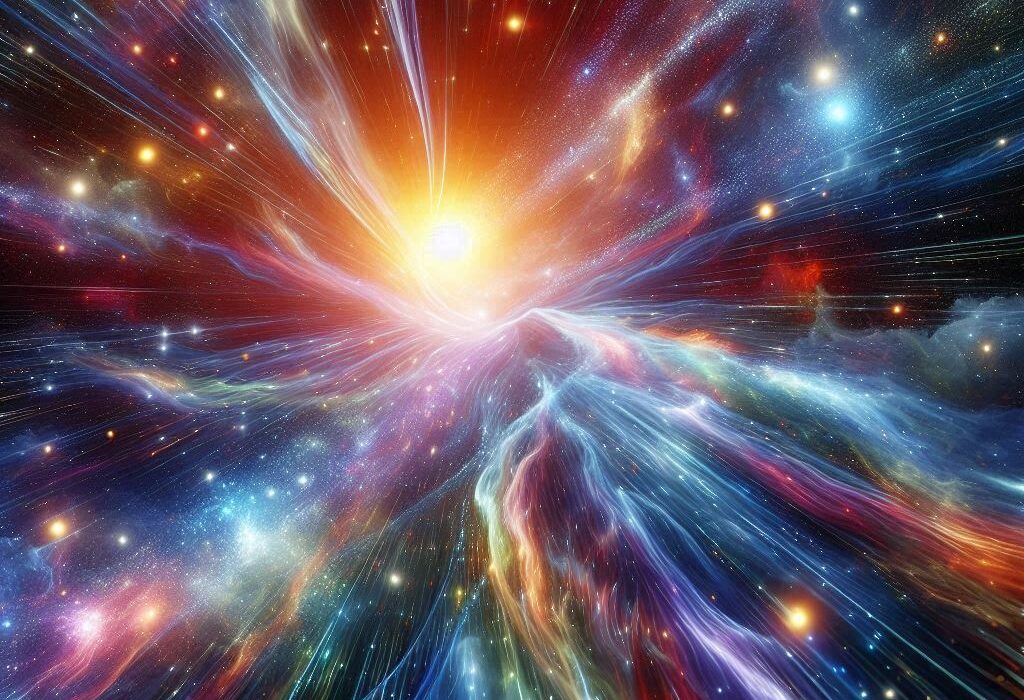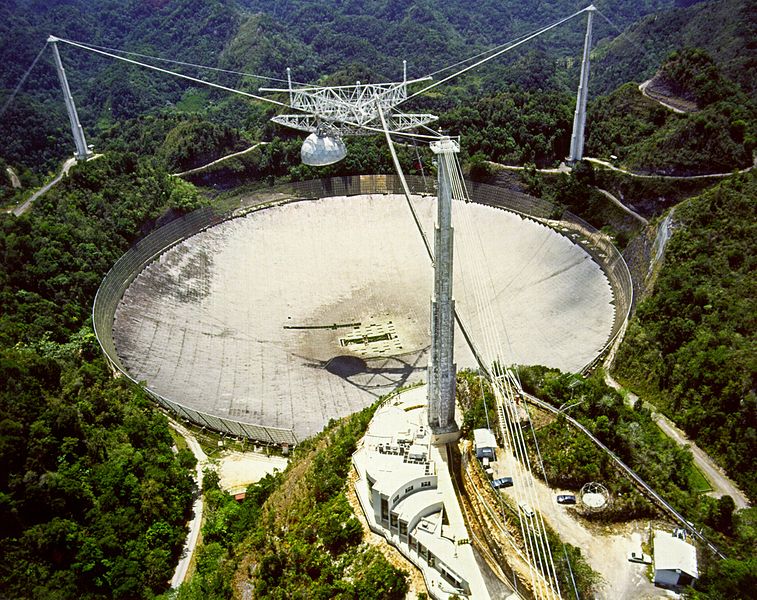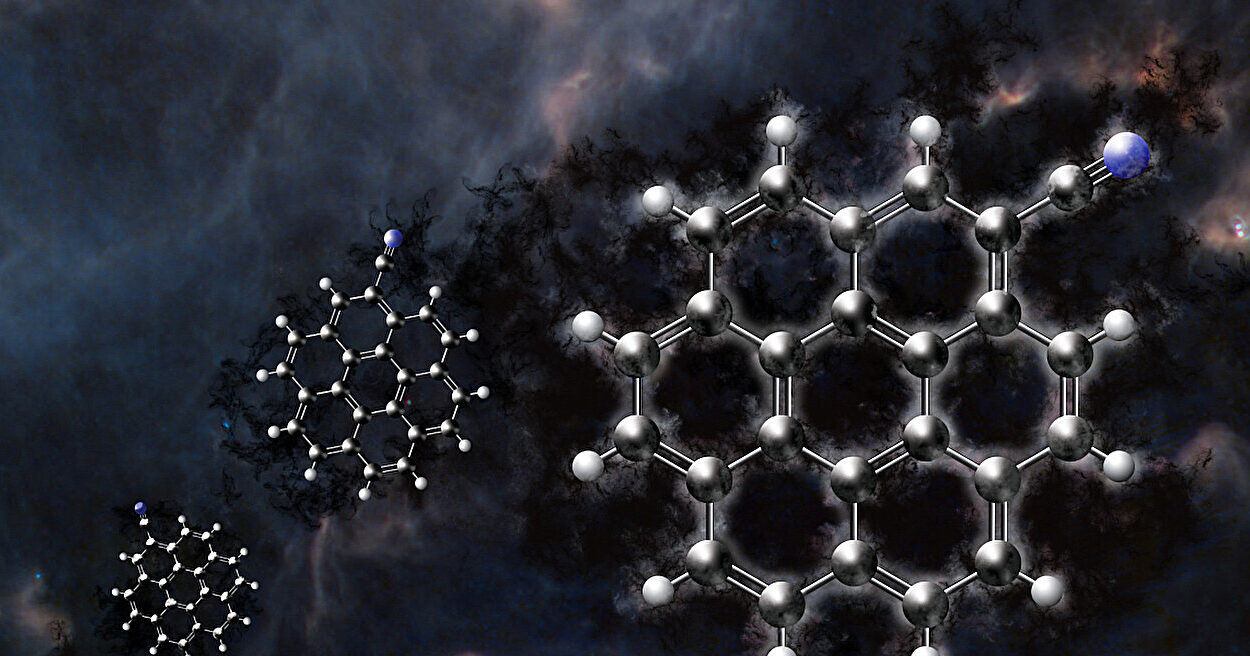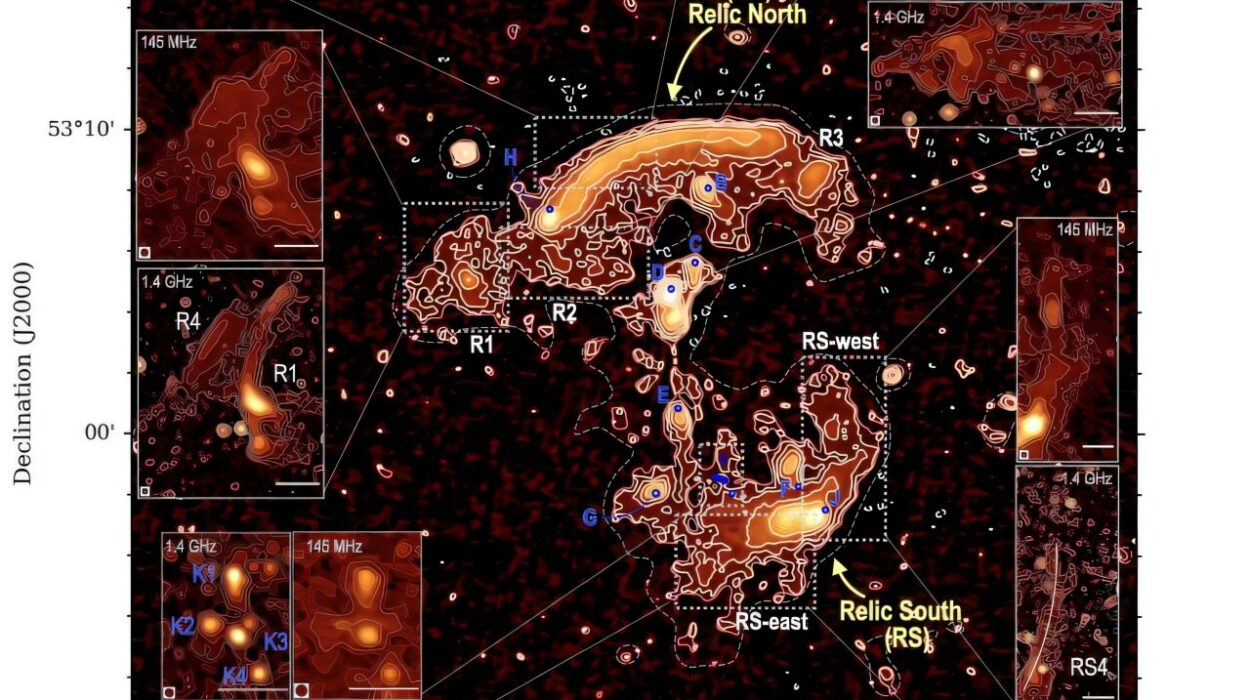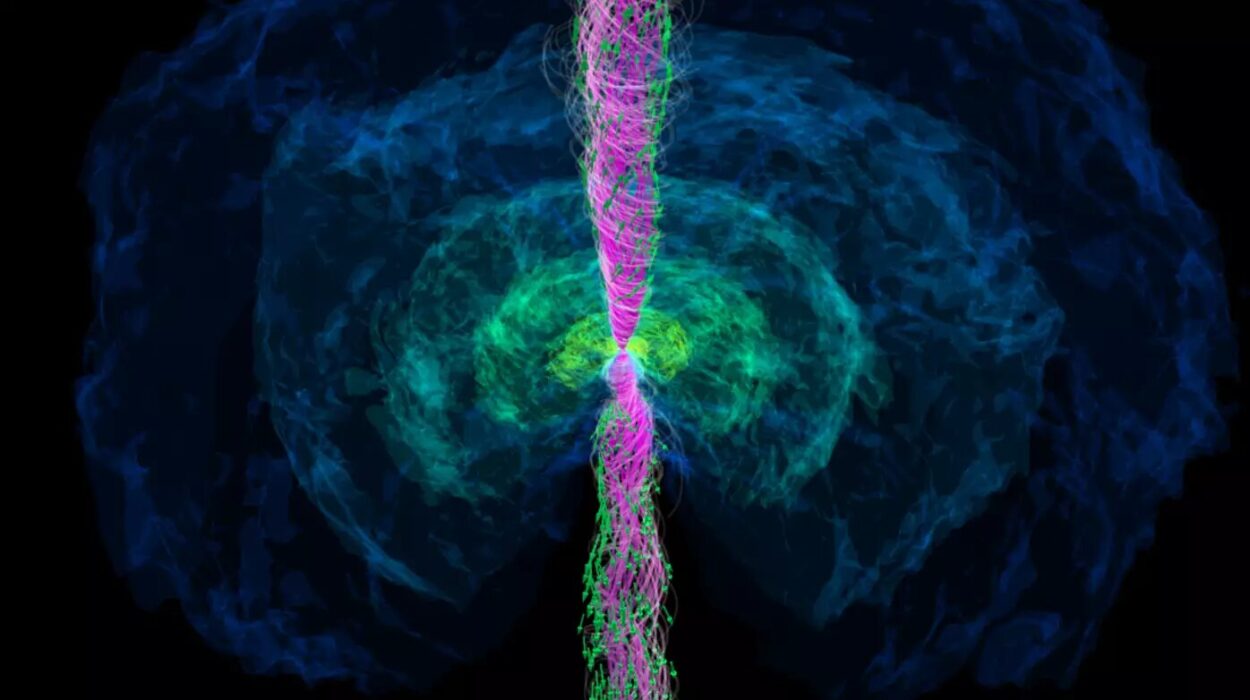When we gaze at the night sky, the faint glimmers of distant stars feel timeless, yet they are but whispers of a much grander story. Astronomers, using some of the world’s most powerful radio telescopes, are attempting to peer into the universe’s earliest chapters—to the time before stars and galaxies illuminated the cosmos. This mysterious period is called the “Cosmic Dark Ages,” when the universe was filled with vast clouds of hydrogen gas, cold and lightless, stretching for hundreds of millions of years after the Big Bang.
Recently, an international team led by Curtin University’s researchers at the International Centre of Radio Astronomy Research (ICRAR) made a discovery that reshapes our picture of that early epoch. Using the Murchison Widefield Array (MWA) in Western Australia, they found evidence that the universe was not as cold as expected before it “lit up.” Instead, it was already warming, likely from the energy released by the very first black holes and stellar remnants. This finding marks a significant step toward solving one of the greatest mysteries in modern cosmology: the Epoch of Reionization.
The Elusive Epoch of Reionization
The Epoch of Reionization is one of the most important milestones in cosmic history. It marks the end of the Dark Ages and the beginning of a universe filled with starlight. About a billion years after the Big Bang, the first stars and galaxies ignited, and their radiation transformed the thick fog of hydrogen gas that filled the cosmos. This process turned the gas from opaque to transparent, allowing light to travel freely and sculpting the universe into the vast web of galaxies we see today.
For decades, scientists have theorized about how and when this process happened, but direct evidence has remained elusive. Detecting the faint signals from this era requires extraordinary precision. The MWA, located in the quiet radio skies of Wajarri Yamaji Country in Western Australia, is one of the few instruments capable of listening for these whispers from the ancient universe.
Listening to the Universe’s Faintest Echoes
Studying the Epoch of Reionization is like trying to hear a whisper in the middle of a roaring stadium. The signals from the early universe are buried under layers of noise: emissions from nearby stars and galaxies, interference from Earth’s atmosphere, and even background radiation from the instruments themselves. To make progress, astronomers must carefully peel away these layers, removing everything that doesn’t belong, until only the faint signature of the early cosmos remains.
Dr. Ridhima Nunhokee, lead author of the project’s first phase, explained that their work focused on developing methods to subtract unwanted signals. This painstaking process has taken years of observation and refinement. By combining nearly a decade of MWA data, the team was able to observe the universe longer and more deeply than ever before. That depth of data finally revealed something remarkable: the absence of a predicted “cold signal.”
A Warm Universe Before Starlight
The team’s measurements showed that the gas between galaxies wasn’t as frigid as previously assumed. Instead of the “cold start” model, in which reionization begins in a universe frozen near absolute zero, the data suggest the gas was pre-heated before the first galaxies completed the transformation.
Professor Cathryn Trott, who led the second phase of the project, explained that the finding rules out very cold reionization scenarios. While the universe was still much colder than it is today, it had already been warmed enough that the signal astronomers expected simply wasn’t there. This pre-heating is likely due to X-rays from the earliest black holes and stellar remnants—powerful sources that sent energy rippling through the cosmos long before galaxies grew into maturity.
It is a thrilling discovery, because it offers a glimpse into the hidden influence of the very first cosmic structures. These ancient objects, invisible to our telescopes, left fingerprints on the intergalactic medium that we can now begin to trace.
A Telescope in the Right Place
The Murchison Widefield Array is uniquely suited for this kind of work. Located on Wajarri Yamaji Country in Western Australia, far from radio interference from human technology, the telescope is a sensitive ear listening to the low-frequency radio waves that carry the story of the early universe.
The collaboration between technology and traditional land is deeply symbolic: one of the world’s most advanced scientific instruments sits in a place where the night sky has long been a source of cultural stories and meaning. In many ways, the quest to understand the universe’s origins continues humanity’s oldest tradition of stargazing.
Preparing for the Next Generation
Perhaps the most exciting outcome of this research is not just the discovery itself but the methods and experience it has generated. The techniques developed to clean and analyze the data will be invaluable for the Square Kilometre Array (SKA), the world’s most powerful radio telescope now under construction in Western Australia and South Africa.
When complete, the SKA will probe the early universe with even greater precision, offering the best chance yet to directly detect signals from the Epoch of Reionization. The work of the MWA team is like laying the foundation stones of a great cathedral of knowledge, one that future instruments will complete.
Why This Matters
At first glance, studying the temperature of gas billions of years ago may seem abstract or even irrelevant to daily life. But discoveries like this reshape our understanding of cosmic history. They tell us not just where galaxies came from, but how the seeds of the universe’s structure were planted. They remind us that the cosmos is a living story, one still being written, and that we are capable of reading its earliest chapters.
It is also profoundly human to seek these answers. Our ancestors told stories about the origin of the stars; today we use telescopes and mathematics. But the impulse is the same: to know who we are, where we come from, and what forces shaped the world that became our home.
The Warm Dawn of the Universe
The discovery that the universe was warm before it lit up paints a richer, more complex picture of cosmic dawn. It suggests that even before galaxies took shape, the first black holes and dying stars were already transforming the universe, seeding it with energy that would set the stage for everything to come.
The story is far from complete. The signal from the Epoch of Reionization is still buried in the data, waiting to be uncovered. But thanks to the dedication of scientists like Dr. Nunhokee, Professor Trott, and their colleagues, we are closer than ever to hearing the faint echoes of that ancient time.
In the end, this is more than a scientific discovery—it is a reminder of how deeply connected we are to the cosmos. The same processes that warmed the universe nearly 13 billion years ago eventually made galaxies, stars, and planets possible. And from those processes came us, beings who can now look back and listen for the whispers of creation itself.
More information: C. D. Nunhokee et al, Limits on the 21 cm Power Spectrum at z = 6.5–7.0 from Murchison Widefield Array Observations, The Astrophysical Journal (2025). DOI: 10.3847/1538-4357/adda45
Improved limits with the MWA using Gaussian information, The Astrophysical Journal (2025). doi.org/10.3847/1538-4357/adff80

